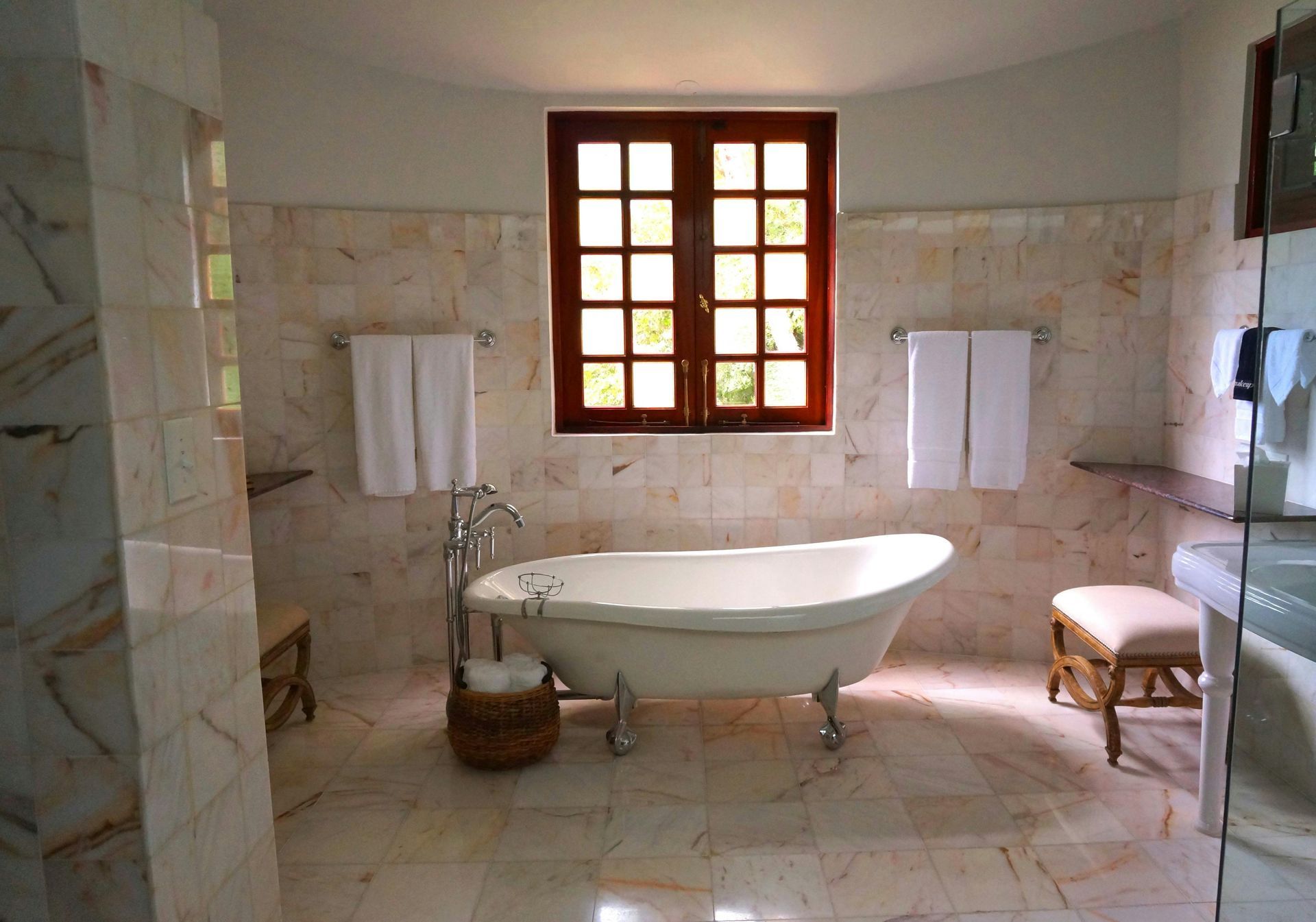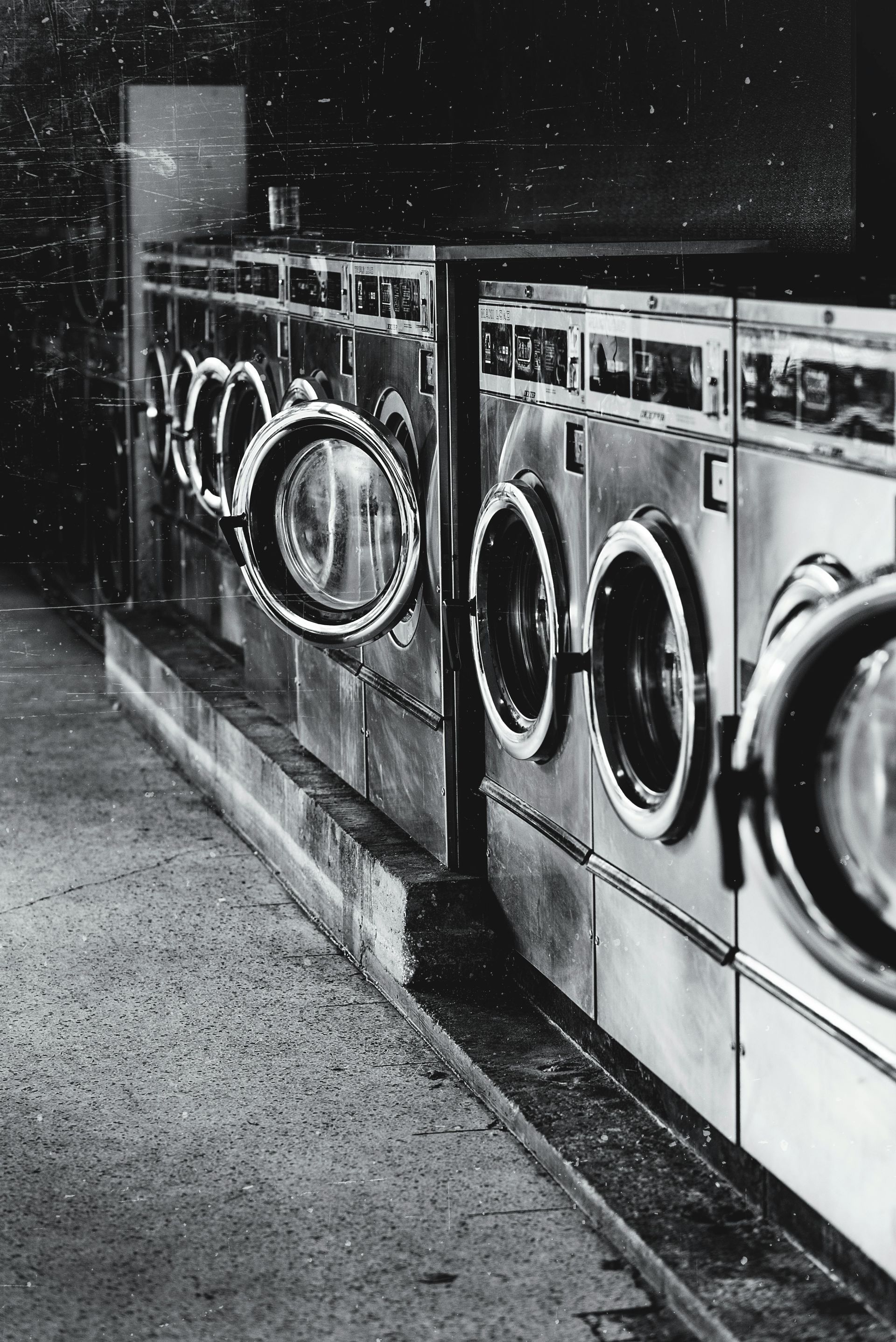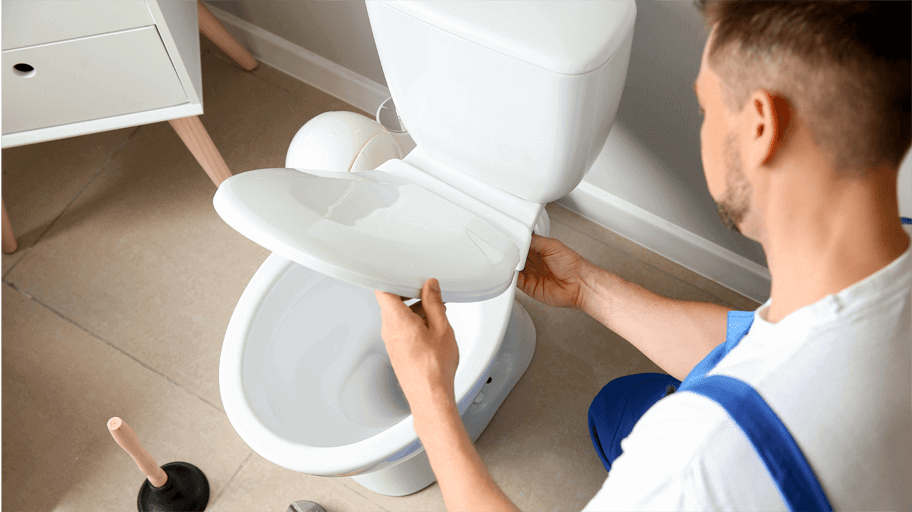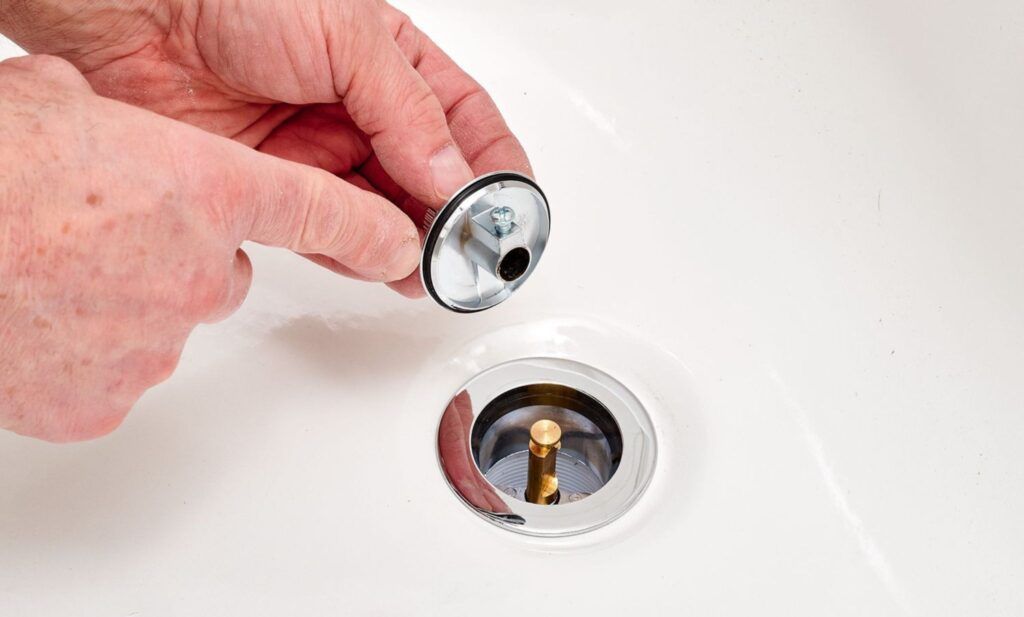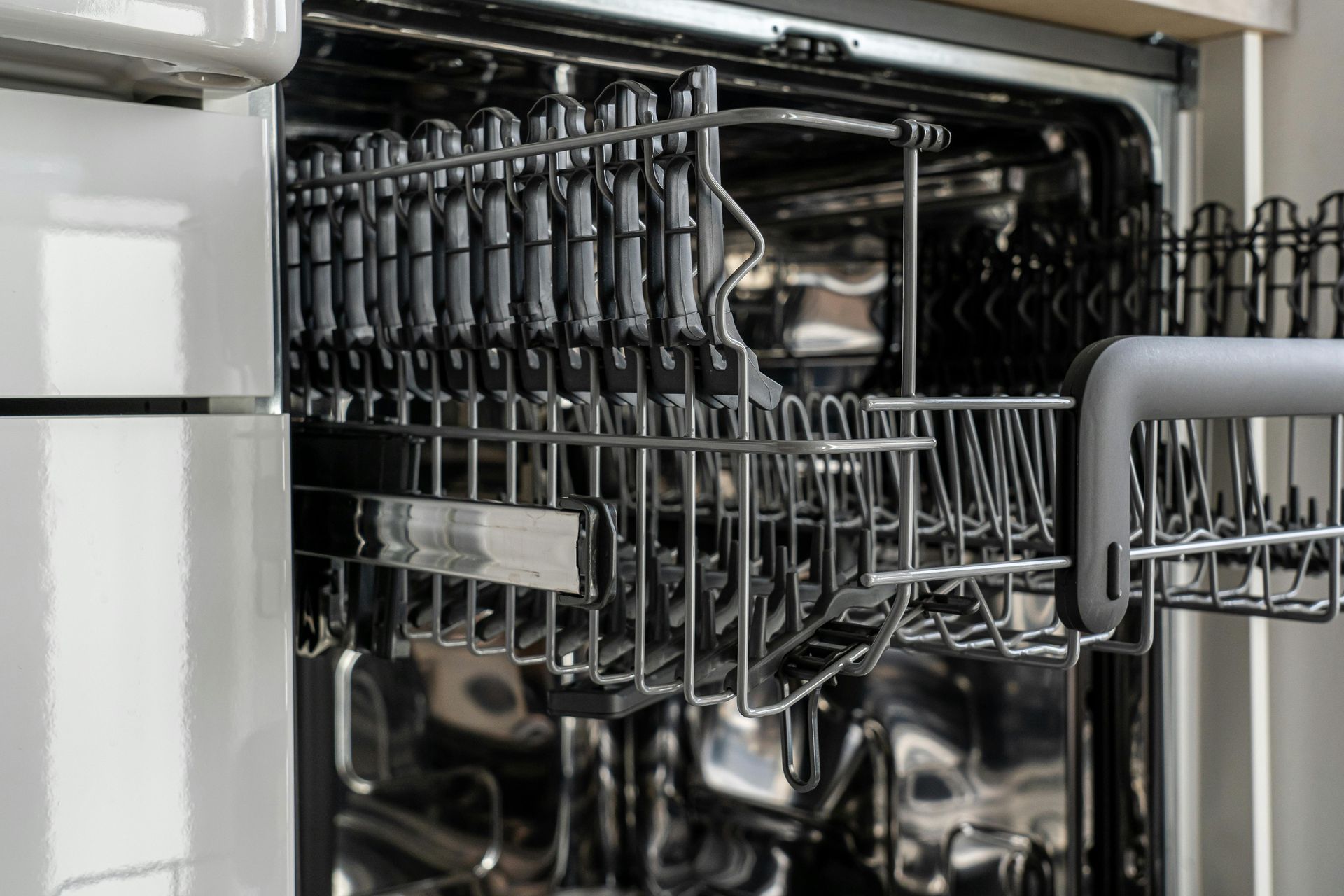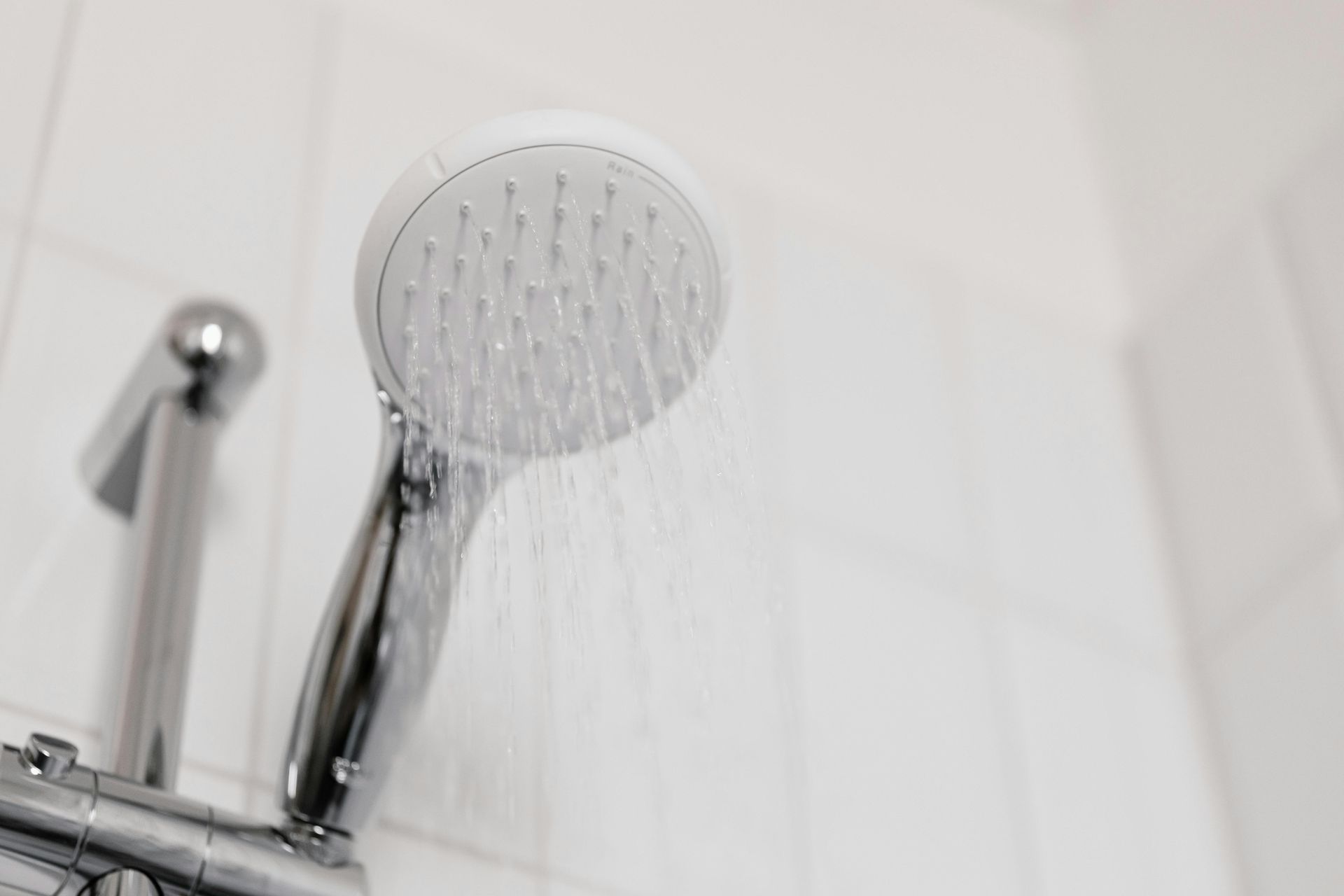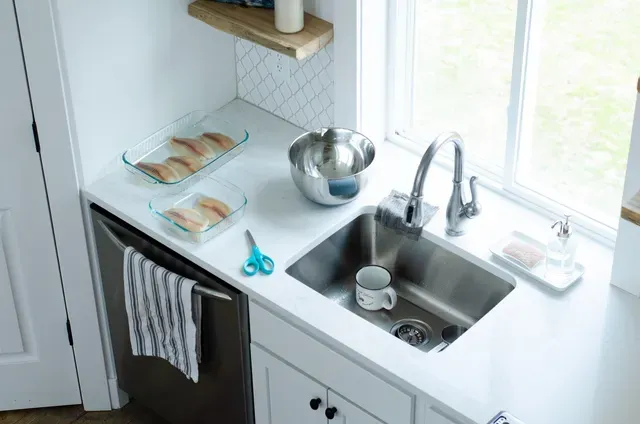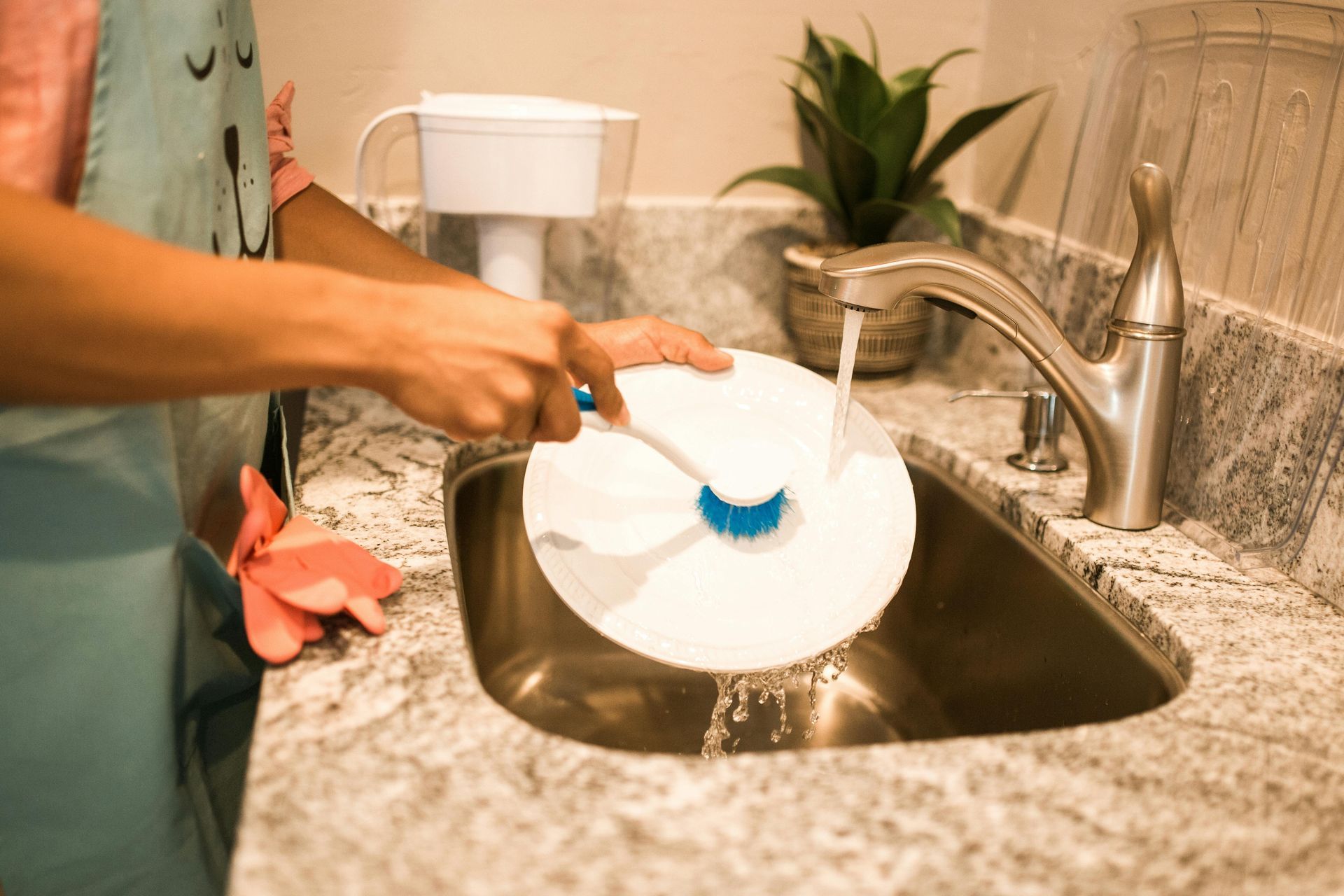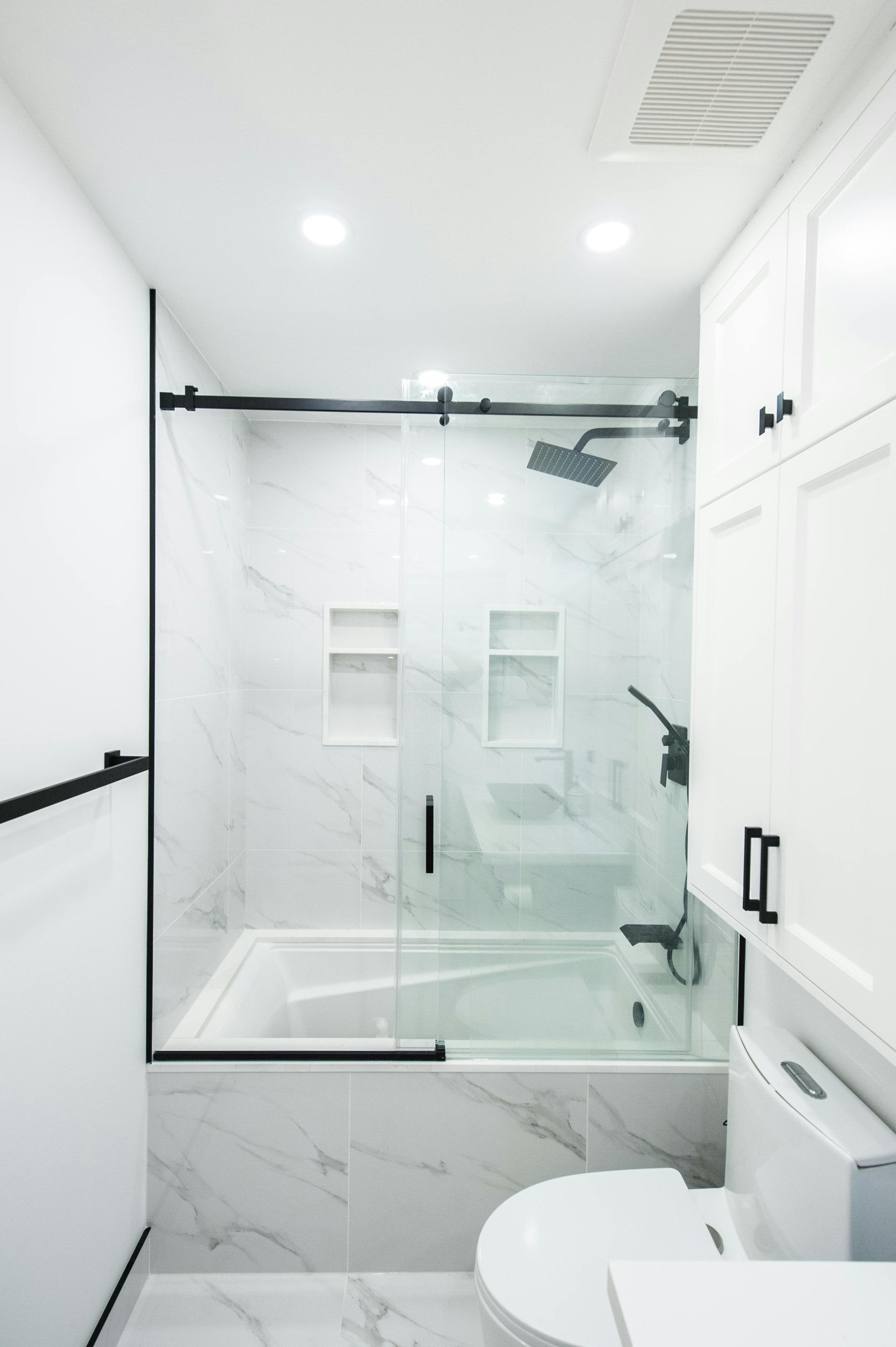20 Tips for Conserving Water at Home: An In-Depth Guide
Water conservation is not only essential for protecting our environment but also for reducing utility bills and maintaining a sustainable lifestyle. Implementing effective water-saving practices at home can make a significant impact. Here’s an in-depth guide on various strategies to conserve water and optimize your usage. Follow these tips to make a meaningful difference in your household’s water consumption.
Take Shorter Showers
One of the simplest ways to conserve water is to take shorter showers. Showers account for a significant portion of water usage in most households. Aim to reduce your shower time to 5-10 minutes. By doing so, you can save gallons of water each day, which adds up over time.
Check for Leaks
Regularly checking for leaks is crucial for water conservation. Leaks can occur in various parts of your home, including pipes, faucets, and toilets. Identifying and addressing these leaks promptly helps prevent water waste and potential damage to your property.
Eliminate Leaks
Once you've identified leaks, it’s essential to fix them immediately. Leaks not only waste water but can also lead to higher utility bills and structural damage. Use sealants or hire a professional plumber to address and repair leaks efficiently.
Fix Leaky Faucets
Leaky faucets are a common issue that can waste a considerable amount of water. A single dripping faucet can waste up to 3,000 gallons of water annually. Repair or replace faulty washers, O-rings, or faucet cartridges to stop the leaks and conserve water.
Install Faucet Aerators
Faucet aerators are inexpensive devices that attach to the end of your faucet and mix air with water, reducing the flow without sacrificing pressure. Installing aerators in your kitchen and bathroom faucets can reduce water usage by up to 50%.
Insulate Your Pipes
Insulating your pipes helps to maintain water temperature, reducing the need for additional heating. This practice can also prevent pipes from freezing in colder climates, which can lead to costly repairs and water waste.
Use Low Flow Aerators
Low flow aerators are designed to reduce the amount of water flowing from your faucets while maintaining effective water pressure. These aerators are easy to install and can significantly decrease your household’s water consumption.
Adjust the Toilet Tank Water Usage
Older toilets can use up to 7 gallons per flush, which is quite wasteful. Consider installing a dual-flush toilet or a toilet tank converter that allows you to choose between a full flush and a partial flush, reducing water use.
Avoid Running Taps
Avoid running taps while brushing your teeth, washing your hands, or doing dishes. Turn off the tap while lathering or scrubbing, and only turn it back on when you need to rinse. This simple habit can save a substantial amount of water.
Collect Rainwater
Collecting rainwater is an eco-friendly way to water your garden and lawn. Use rain barrels or other collection systems to capture rainwater from your roof. This harvested water can be used for irrigation, reducing your reliance on municipal water supplies.
Turn Off the Water While Shaving
Turning off the water while shaving can save a significant amount of water. Fill the sink with a small amount of water for rinsing your razor, and avoid leaving the tap running during the shaving process.
Install Water-Efficient Fixtures
Installing water-efficient fixtures, such as low-flow showerheads and faucets, can greatly reduce water usage throughout your home. These fixtures are designed to provide adequate performance while using less water.
Recycle Water Whenever Possible
Recycle water by reusing it for other purposes. For example, use leftover water from cooking or washing fruits and vegetables to water plants. This practice helps maximize the use of water and reduces waste.
Reuse Water
Reusing water involves using the same water for multiple purposes before it is disposed of. For instance, use water from boiling vegetables to water your garden. This approach helps conserve water and reduces the need for fresh water.
Use the Sink to Wash Dinnerware
Instead of running the dishwasher for small loads, wash dinnerware in the sink. Fill the sink with soapy water and wash all dishes at once. This method uses less water compared to running a dishwasher for small loads.
Cover Your Pool
Covering your pool when not in use reduces evaporation, which can lead to significant water loss. A pool cover also helps maintain water temperature and keeps debris out, reducing the need for frequent refills.
Dishwasher Considerations
When using your dishwasher, ensure it's fully loaded before running a cycle. Modern dishwashers are designed to use less water than washing by hand, but only if used efficiently. Avoid running the dishwasher for partial loads to maximize water conservation.
Get a Water-Saving Showerhead
Water-saving showerheads are designed to reduce water flow while maintaining good water pressure. They can save up to 2.5 gallons per minute, significantly reducing water usage during showers.
Turn Off the Faucet
Turning off the faucet while soaping hands, brushing teeth, or scrubbing dishes can save gallons of water. This simple action prevents unnecessary water wastage and contributes to overall conservation efforts.
Dual Flush Toilet Converters
Dual flush converters are an affordable and effective way to upgrade your existing toilet. They allow you to choose between a full flush and a reduced flush, which helps conserve water without requiring a full toilet replacement.
Install Dual Kitchen Faucets
Dual kitchen faucets offer separate controls for hot and cold water, allowing for precise temperature adjustments. This feature helps avoid wasting water while waiting for the desired temperature.
Rethink How You Water Your Lawn
Rethink your lawn watering practices by adjusting watering times to early mornings or late evenings. This helps reduce evaporation and ensures more water reaches the roots of your plants. Additionally, consider using drought-resistant plants and landscaping techniques.
Use Energy-Efficient Appliances
Energy-efficient appliances, such as washing machines and dishwashers, are designed to use less water and energy. Investing in these appliances can lead to long-term savings and a smaller environmental footprint.
Use Garbage Disposal Sparingly
Using your garbage disposal sparingly helps reduce water consumption and prevents plumbing clogs. Instead of relying on the disposal for all food scraps, consider composting or using a trash bin.
Conclusion
Implementing these water conservation tips can lead to substantial savings on your water bills and contribute to a more sustainable lifestyle. By taking proactive steps, such as fixing leaks, installing water-efficient fixtures, and rethinking how you use water, you can make a positive impact on both your household and the environment.

